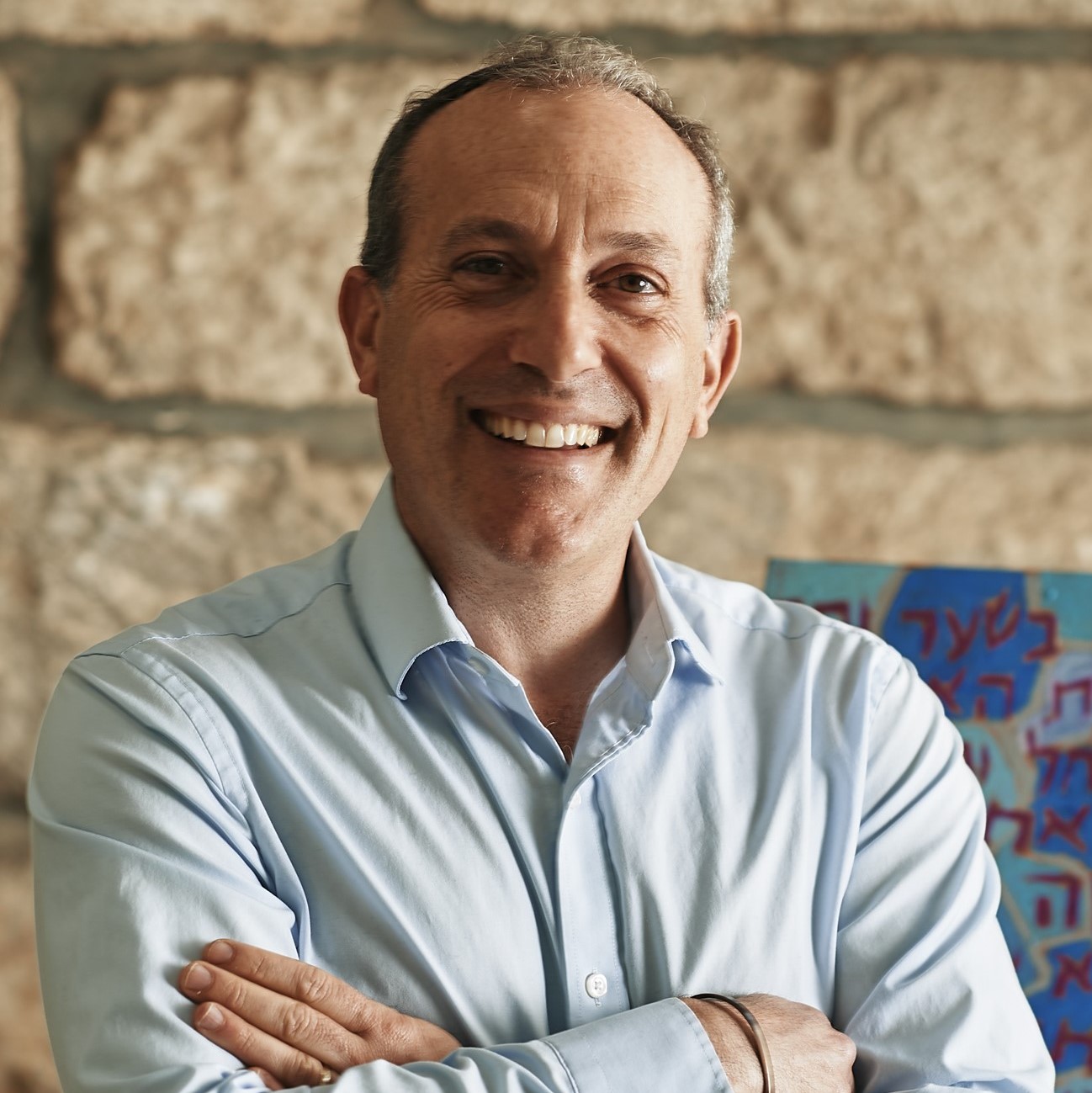Torah In Our Mouths

Mystical streams within any given religion would have us believe that to be in God’s presence, one must separate oneself wholly from the material world. Routine distractions must be cast aside in order to experience the sacred. Yet, while meditation and reflection have their place in religious encounters, Judaism places its emphasis and value on the attachment to community. Pirkei Avot, the Ethics of Our Ancestors, teaches, “Do not separate yourself from the community.” The locus of moral and ethical strivings must be rooted in the building of life. Prolonged separation from community often leads one to paths of selfishness, zealotry, and destruction. Parashat Nitzavim is timed perfectly before the renewal of our Jewish lives on Rosh Hashanah – reminding us precisely how close a life of holiness is to our everyday lives.
Deuteronomy 30:14 teaches, “The word is indeed very close to you, in your mouth and in your heart, to observe it.” This brief and seemingly simple verse describes the essence of Judaism in three ways. First, Rabbi Shmuel Avidor HaCohen asks the question, “What act is done with both heart and the mouth?” To which he responds, “Prayer” (HaCohen, Likrat Shabbat, 212). Yet, not only is prayer a sacred act that combines the desires of the heart and the articulation of the mouth, but also Jewish learning. For in the process of learning Torah, one animates the text — by inserting one’s heart and verbalizing a new interpretation. Second, Jeffrey Tigay, in his commentary on the Book of Deuteronomy, points out how this verse underscores the oral nature of Torah. Tigay explains, “This manner of speaking reflects a predominantly oral culture in which learning and review are accomplished primarily by oral recitation” (Tigay, JPS Torah Commentary: Deuteronomy, 286). And so, the teachings of Torah are literally in the heart and in the mouth. This oral nature of Torah further prevents the ossification of the tradition. Torah is continually living and breathing because we continue the conversation. Third, note well the verse does not conclude by teaching us that the word is both in our hearts and mouths. While this is a necessary step for internalizing Torah, the critical act is in the final word of this verse – la’asoto, “to do it.” Torah is meant to be a transformative experience. Leviticus Rabbah 35:7 dramatizes this point: “If one studies Torah without the intention to observe it, it is better that he had not been born . . . it would have been better that he had been strangled by the umbilical cord at birth, and had never ventured into the world.”
Prayer and learning, active engagement with teachings of Torah, and rigorous observance can lead us to a path of sanctity in our Jewish lives. In his impressive essay entitled The Nature of Jewish Theology, Byron Sherwin notes, “In medieval Jewish literature, the consonants of the Hebrew alphabet are compared to a body and the vowels to a soul. Yet, a Torah scroll is written only with consonants. Indeed, a vocalized Torah scroll is unfit for ritual use. The Torah requires a person to supply the vowels, the vocalization, the soul, in order for it to become animate, alive, heard. Without the person, the sacred text remains mute” (Dorff and Newman, Contemporary Jewish Theology, 14). May we use this precious time in the Jewish calendar to commit or recommit ourselves to be the soul of Torah.
The publication and distribution of “A Taste of Torah” commentary have been made possible by a generous gift from Sam and Marilee Susi.



